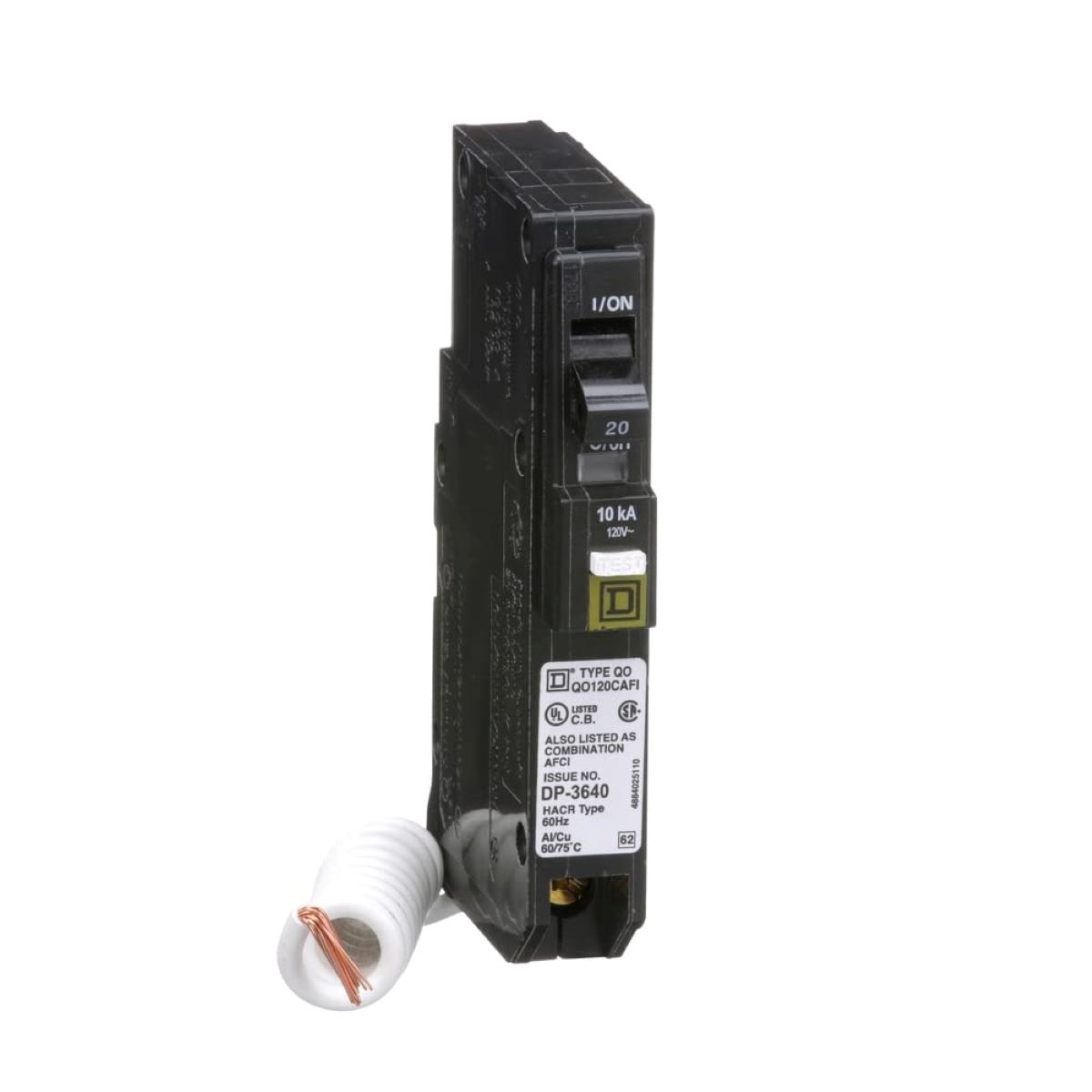

Articles
Why Do Arc Fault Breakers Trip
Modified: January 6, 2024
Discover why arc fault breakers trip and learn how to prevent it. Read our informative articles on troubleshooting and maintenance tips to keep your electrical system safe.
(Many of the links in this article redirect to a specific reviewed product. Your purchase of these products through affiliate links helps to generate commission for Storables.com, at no extra cost. Learn more)
Introduction
Arc fault breakers are an essential component of electrical systems, designed to protect against the danger of arcing faults. These breakers play a crucial role in preventing electrical fires caused by faulty wiring, loose connections, or damaged appliances. Understanding why arc fault breakers trip and how they work can help homeowners and electrical professionals ensure the safety and functionality of their electrical systems.
Arc fault circuit interrupters (AFCIs) are specialized circuit breakers that are designed to detect and interrupt dangerous arc faults. Unlike traditional circuit breakers, which primarily protect against overloads and short circuits, AFCIs are specifically designed to detect the unique waveform of an arc fault and shut off power to the affected circuit. This proactive approach significantly reduces the risk of electrical fires by quickly identifying and responding to potential hazards.
When an arc fault occurs, it generates intense heat, which can ignite nearby materials and lead to a fire. Typical causes of arc faults include damaged or frayed wires, loose connections, extension cords, and faulty electrical appliances. Arc fault breakers are designed to detect rapid changes in current flow that indicate the presence of an arc fault. Once detected, the breaker trips, disconnecting power to the affected circuit and eliminating the potential for a fire to start.
The importance of arc fault breakers cannot be overstated. According to the National Fire Protection Association (NFPA), electrical faults are one of the leading causes of residential fires in the United States. Arcing faults are responsible for thousands of residential fires each year, resulting in property damage, injuries, and even fatalities. The implementation of arc fault breakers has been instrumental in reducing the risk of these fires by detecting and preventing arc faults before they can cause significant damage.
If you experience frequent tripping of arc fault breakers in your home, it is essential to identify and address the underlying cause. Common reasons for arc fault breaker tripping include electrical appliances with damaged cords, outdated or faulty wiring, and improper installation. Troubleshooting the cause of tripping breakers can help identify potential electrical hazards and prevent dangerous situations.
In this article, we will delve deeper into the functionality and importance of arc fault breakers. We will also discuss common causes of arc fault breaker tripping and provide tips for troubleshooting and preventing these tripping events. By understanding the significance of arc fault breakers and taking proactive measures, homeowners can ensure the safety and integrity of their electrical systems.
Key Takeaways:
- Arc fault breakers are crucial for preventing electrical fires caused by arc faults. Understanding their functionality and troubleshooting common causes can help homeowners maintain a safe electrical system.
- Regular maintenance, quality electrical components, and safe practices can prevent arc fault breaker tripping. By taking proactive measures, homeowners can ensure a safer electrical environment and minimize fire risks.
Read more: What Do Arc Fault Breakers Do
What are Arc Fault Breakers?
Arc fault breakers, also known as arc fault circuit interrupters (AFCIs), are electrical devices that are designed to protect against the danger of arcing faults in electrical systems. These specialized circuit breakers have the unique ability to detect the distinctive waveform pattern generated by an arc fault and quickly interrupt the flow of electricity in order to prevent fires.
Arcing faults occur when there is a breakdown in the insulation of electrical wiring or when there is a loose connection in an electrical circuit. This can happen due to factors such as damaged wires, loose or corroded connections, frayed cords, or faulty electrical equipment. When an arc fault occurs, it creates an electrical discharge in the form of an arc, which produces intense heat that can quickly ignite nearby flammable materials.
The purpose of arc fault breakers is to detect these potential hazards and prevent them from causing fires. AFCIs continuously monitor the electrical current flowing through a circuit and analyze it for abnormalities. They are designed to recognize the unique waveform signature produced by an arc fault and differentiate it from normal electrical load fluctuations. When an arc fault is detected, the breaker quickly interrupts the flow of electricity by tripping, effectively cutting off power to the circuit.
It’s important to note that arc fault breakers are different from regular circuit breakers. Regular circuit breakers protect against overloads and short circuits, but they are not specifically designed to detect and respond to arc faults. AFCIs go a step further by providing an additional layer of protection against the specific dangers posed by electrical arcing faults.
There are two types of arc fault breakers commonly used in residential and commercial applications: branch/feeder AFCIs and combination AFCIs.
1. Branch/Feeder AFCIs: These types of AFCIs are installed at the circuit breaker panel and protect specific circuits or branch circuits. They are often used to safeguard individual circuits that are susceptible to arc faults, such as bedrooms, living rooms, and other areas where electrical receptacles and lighting fixtures are present.
2. Combination AFCIs: Combination AFCIs provide comprehensive protection by combining the features of branch/feeder AFCIs with advanced technology that can detect both parallel and series arc faults. These AFCIs are typically required in new construction or during electrical system upgrades to provide enhanced safety measures throughout the entire electrical system.
It’s important to have arc fault breakers installed in areas where arc faults are likely to occur, as they provide critical protection against potential fire hazards. These breakers are an essential component of modern electrical systems and play a significant role in preventing electrical fires and ensuring the safety of homes and buildings.
How do Arc Fault Breakers Work?
Arc fault breakers, also known as arc fault circuit interrupters (AFCIs), are designed to detect and respond to the unique electrical waveform generated by an arc fault. These intelligent devices are responsible for continuously monitoring the electrical current flowing through a circuit and quickly interrupting the circuit in the event of an arc fault, thereby preventing potential fires.
The operation of arc fault breakers involves specialized sensors and advanced circuitry that can distinguish between normal electrical fluctuations and the distinctive waveform pattern of an arc fault. The main components of an arc fault breaker include:
1. Sensors: Arc fault breakers are equipped with sensors that detect abnormal electrical activity. These sensors are designed to analyze the electrical waveform and identify the unique characteristics of an arc fault, such as the rapid changes in current flow and the presence of high-frequency oscillations.
2. Microprocessor: The microprocessor is the brain of the arc fault breaker. It receives the signals from the sensors and analyzes the waveform data to determine if it matches the pattern of an arc fault. The microprocessor is programmed with algorithms that enable it to differentiate between normal electrical fluctuations and potentially hazardous arc faults.
3. Trip Mechanism: When the microprocessor identifies an arc fault, it activates the trip mechanism of the arc fault breaker. The trip mechanism is responsible for interrupting the flow of electricity by opening the circuit. This rapid interruption of power prevents the arc fault from persisting and significantly reduces the risk of a fire starting.
4. Resetting Mechanism: After an arc fault is detected and the circuit is interrupted, the arc fault breaker goes into a tripped state. It is designed to reset automatically once the cause of the arc fault is resolved or eliminated. This can be done by repairing or replacing the faulty wiring, fixing loose connections, or replacing damaged electrical equipment.
It is important to note that AFCIs are designed to differentiate between arc faults and normal events that may momentarily create electrical arcing, such as plugging in or unplugging devices. By distinguishing between harmless events and potentially hazardous arc faults, the arc fault breaker avoids unnecessary and inconvenient tripping.
Arc fault breakers are constantly evolving as technology advances, with manufacturers continually improving their detection capabilities and reducing false positives. Advances in digital signal processing, machine learning algorithms, and diagnostic features have made modern arc fault breakers more reliable and effective in providing protection against arc faults.
It’s worth mentioning that arc fault breakers should be regularly inspected, tested, and maintained to ensure their proper functioning. Ensuring that AFCIs are installed in the right locations, such as bedrooms, living rooms, and other areas where arc faults are likely to occur, is crucial for maximizing their effectiveness in preventing electrical fires.
Overall, arc fault breakers are a critical component of electrical systems, providing an additional layer of safety by detecting and responding to potentially hazardous arc faults. By continuously monitoring electrical circuits and interrupting power in the event of an arc fault, these intelligent devices help protect homes and buildings from the devastating consequences of electrical fires.
Common Causes of Arc Fault Breaker Tripping
Arc fault breakers play a crucial role in detecting and preventing electrical fires caused by arc faults. However, there are several common causes that can lead to the tripping of arc fault breakers. Understanding these causes can help identify potential electrical hazards and prevent breaker tripping events. Here are some of the most common causes:
- Worn or Damaged Wiring: Over time, electrical wiring can become worn or damaged due to aging, rodents, or physical changes in the environment. When wires are exposed or insulation is compromised, it increases the likelihood of arcing faults. Arc fault breakers are sensitive to these abnormalities and will trip to prevent potential fires.
- Loose Connections: Loose electrical connections can create arcing faults due to the intermittent contact or increased resistance. Common areas for loose connections include electrical outlets, switches, junction boxes, and circuit breakers. It is important to ensure that all connections are securely tightened to prevent arcing and subsequent breaker tripping.
- Frayed or Damaged Cords: Electrical cords that are frayed, damaged, or exposed can present a serious safety hazard. When currents flow through the damaged areas, it can lead to arcing faults and trigger the arc fault breaker. Regularly inspecting and replacing damaged cords is crucial for preventing fires and breaker tripping.
- Faulty Appliances or Equipment: Electrical appliances or equipment that have internal faults, loose wiring, or damaged components can cause arc faults. These faulty devices can generate the necessary conditions for arcing and trigger the arc fault breaker. It is important to address any issues with appliances promptly and consider replacing them if they pose a recurrent problem.
- Improper Electrical Installations: Poor or improper electrical installations can lead to arc faults and breaker tripping. This includes incorrect wiring connections, improper use of junction boxes, and inadequate grounding. It is essential to ensure that electrical installations are performed by qualified professionals and comply with electrical codes and safety standards.
- Natural Wear and Tear: Over time, electrical systems naturally experience wear and tear, especially in older homes. This can lead to degraded wiring insulation, loose connections, and faulty components, increasing the likelihood of arc faults. Regular maintenance and inspection of the electrical system can help identify and address potential hazards before they cause breaker tripping.
- Environmental Factors: Environmental factors such as moisture, humidity, and temperature extremes can also contribute to arc faults and breaker tripping. These conditions can degrade insulation, corrode connections, and create ideal conditions for arcing. Taking steps to mitigate these environmental factors, such as using moisture-resistant materials and installing electrical systems away from areas prone to moisture, can help prevent breaker tripping.
When an arc fault breaker trips, it indicates that there is an issue within the electrical system that needs attention. It is important to investigate and address the cause of the tripping promptly to ensure the safety and functionality of the electrical system. Consulting a qualified electrician is recommended, as they can perform a thorough inspection and make any necessary repairs or replacements to prevent future breaker tripping events.
By understanding the common causes of arc fault breaker tripping and taking proactive measures to address them, homeowners can reduce the risk of electrical fires and ensure the safe operation of their electrical systems.
Check for loose connections in the electrical system, as they can cause arcing and trip the breaker. Also, consider upgrading to a newer, more sensitive arc fault breaker for added protection.
Importance of Arc Fault Breakers
Arc fault breakers, also known as arc fault circuit interrupters (AFCIs), are of utmost importance when it comes to electrical safety in residential and commercial settings. These specialized circuit breakers are designed to detect and respond to the unique electrical waveform produced by arc faults, significantly reducing the risk of electrical fires. Here are several reasons why arc fault breakers are crucial for maintaining a safe electrical system:
- Preventing Electrical Fires: Arcing faults are one of the leading causes of electrical fires. When electrical current jumps across a gap or through damaged insulation, it creates an arc that generates intense heat. This heat can ignite nearby flammable materials, leading to a potentially devastating fire. Arc fault breakers are specifically designed to detect and interrupt these dangerous arc faults, preventing fires before they start.
- Enhancing Safety: The primary function of arc fault breakers is to enhance the safety of electrical systems. By continuously monitoring the electrical waveforms and analyzing for abnormal patterns indicative of arc faults, AFCIs can quickly disconnect power to the affected circuit, minimizing the risk of fire hazards. This advanced level of protection helps safeguard lives, property, and valuable assets.
- Complementing Traditional Circuit Breakers: While standard circuit breakers provide protection against overloads and short circuits, they may not be effective at detecting and responding to the unique hazards associated with arc faults. Arc fault breakers fill this critical gap by specifically targeting arc faults, offering comprehensive protection throughout the electrical system.
- Code Compliance: Many building codes and electrical standards now require the installation of arc fault breakers in certain areas of the home or building. Compliance with these codes is essential for ensuring the safety of the occupants and avoiding potential legal and insurance issues. Installing AFCIs in the required locations is an important step in meeting these code requirements.
- Early Detection of Electrical Hazards: Arc fault breakers continuously monitor the electrical system for signs of arc faults. This means they can detect potential electrical hazards before they escalate into more severe issues. By tripping at the early stages of an arc fault, AFCIs allow for timely intervention and investigation, preventing electrical system damage and reducing the potential for more dangerous situations.
- Peace of Mind: Having arc fault breakers installed in an electrical system provides peace of mind to homeowners and building occupants. Knowing that there is an added layer of protection against arc faults significantly reduces the worry and anxiety associated with electrical safety. This peace of mind allows individuals to confidently use their electrical appliances and systems without constantly fearing a potential fire hazard.
Given the significant role arc fault breakers play in preventing electrical fires and enhancing overall safety, it is crucial to ensure that AFCIs are properly installed and regularly maintained. Hiring a qualified electrician for the installation and inspection of arc fault breakers can help ensure the effectiveness and compliance of the electrical system.
By investing in arc fault breakers and adhering to electrical safety guidelines, individuals can enjoy the benefits of a safer electrical system that minimizes fire risks, protects lives and property, and promotes peace of mind.
Read more: Where Are Arc Fault Breakers Required?
How to Troubleshoot Arc Fault Breaker Tripping
If you are experiencing frequent tripping of your arc fault breakers, it is important to identify and address the underlying cause. Here are some steps to help troubleshoot arc fault breaker tripping:
- Identify the Circuit: Determine which specific circuit is causing the arc fault breaker to trip. This can be done by noting which lights, outlets, or appliances are affected when the breaker trips. Understanding which circuit is involved will help narrow down the potential causes.
- Inspect Appliances and Equipment: Faulty or malfunctioning appliances and equipment can be a common cause of arc fault breaker tripping. Inspect all devices connected to the circuit and look for signs of damage, loose connections, or overheating. Consider unplugging or replacing any suspect appliances to see if the breaker tripping persists.
- Check for Damaged Wiring: Inspect the electrical wiring associated with the affected circuit. Look for any signs of frayed or damaged insulation, exposed wires, or loose connections. Damaged wiring can create arc faults and cause breakers to trip. If any issues are found, consult a qualified electrician to repair or replace the faulty wiring.
- Examine Outlets and Switches: Loose connections, damaged outlets, or faulty switches can also lead to arc fault breaker tripping. Check all outlets and switches on the circuit and ensure they are securely fastened and in good working condition. Replace any damaged or defective components as necessary.
- Inspect Junction Boxes: Faulty connections within junction boxes can cause arc fault breaker tripping. Carefully examine all junction boxes associated with the circuit and check for loose or improperly connected wires. Address any loose connections or wiring issues found within the junction boxes.
- Avoid Overloading: Overloading can cause both circuit breakers and arc fault breakers to trip. Make sure you are not surpassing the capacity of the circuit by plugging in too many devices or using high-powered appliances. Distribute electrical loads evenly across multiple circuits to avoid overloading.
- Consider Environmental Factors: Environmental conditions such as moisture, humidity, or temperature extremes can contribute to arc faults and breaker tripping. Ensure that electrical components and wiring are properly protected and insulated from these environmental factors.
- Consult a Professional: If you have gone through the above troubleshooting steps and are still experiencing arc fault breaker tripping, it is recommended to consult a qualified electrician. They have the expertise and tools to perform a thorough inspection of your electrical system and identify any underlying issues that may be causing the frequent tripping.
Remember, working with electricity can be dangerous, and if you are unsure or uncomfortable with troubleshooting electrical issues, it is best to seek professional assistance. A qualified electrician can provide expert guidance, identify potential hazards, and ensure that your electrical system is safe and functional.
By taking the necessary steps to troubleshoot and resolve arc fault breaker tripping, you can maintain a safe electrical system and reduce the risk of electrical fires.
Tips for Preventing Arc Fault Breaker Tripping
Arc fault breaker tripping can be not only inconvenient but indicative of potential electrical hazards. By implementing preventive measures, you can reduce the likelihood of arc fault breaker tripping and ensure the safety and functionality of your electrical system. Here are some tips to help prevent arc fault breaker tripping:
- Invest in Quality Electrical Components: Opt for high-quality electrical components, including outlets, switches, and wiring. Quality components are less likely to develop loose connections or other faults that can lead to arc faults and breaker tripping.
- Use Surge Protectors: Plug sensitive electronic devices into surge protectors to prevent voltage spikes that can potentially cause arc faults. Surge protectors not only protect against power surges but also provide an additional level of protection against arc faults.
- Avoid Extension Cords: Minimize the use of extension cords as they can increase the risk of loose connections and potential arc faults. If you need additional outlets, consult an electrician to install additional ones in appropriate locations.
- Properly Maintain Electrical Appliances: Regularly inspect and maintain electrical appliances, replacing damaged cords, and addressing any issues promptly. Faulty or malfunctioning appliances can generate arc faults, leading to breaker tripping.
- Practice Safe Electrical Practices: Use electrical appliances and devices responsibly, following the manufacturer’s instructions and guidelines. Avoid overloading circuits, and never force plugs into outlets. Practicing safe electrical practices can help prevent arc faults and subsequent breaker tripping incidents.
- Regularly Inspect Wiring: Conduct periodic inspections of your electrical wiring to identify any signs of damage, wear, or loose connections. If you notice any issues, consult a qualified electrician to address them promptly.
- Consider Upgrading to AFCI Outlets: In addition to arc fault breakers, consider upgrading to AFCI outlets in areas of your home where arc faults are more likely to occur, such as bedrooms, living rooms, and other areas with electrical receptacles. AFCI outlets provide an added layer of protection against arc faults.
- Keep Electrical Systems Dry: Moisture can increase the risk of arc faults. Ensure that electrical systems, especially outdoor outlets and electrical panels, are properly waterproofed and insulated from moisture to prevent electrical hazards.
- Hire a Qualified Electrician: For any electrical installations, repairs, or modifications, it is recommended to seek the expertise of a qualified electrician. They can ensure that the electrical work is done safely and in compliance with electrical codes and standards.
- Regular Maintenance: Conduct regular maintenance of your electrical system, including regular inspections, testing, and cleaning. This helps identify and address potential issues before they escalate, reducing the risk of arc faults and breaker tripping.
By following these tips, you can minimize the chances of arc fault breaker tripping and create a safer electrical environment in your home or building. Remember that electrical work can be complex and potentially hazardous, so it is always recommended to consult a qualified electrician for any concerns or issues regarding your electrical system.
By taking proactive measures to prevent arc fault breaker tripping, you can ensure the safety and reliability of your electrical system while minimizing the risk of electrical fires and other hazards.
Conclusion
Arc fault breakers are an essential component of modern electrical systems, providing a vital layer of protection against arc faults and reducing the risk of electrical fires. Understanding the functionality, importance, and troubleshooting of arc fault breakers is essential for homeowners and electrical professionals alike.
We explored what arc fault breakers are and how they work to detect and respond to arc faults, which are a leading cause of residential fires. We discussed common causes of arc fault breaker tripping, such as worn wiring, loose connections, faulty appliances, and improper installations. By understanding these causes, homeowners can implement preventive measures and address any issues promptly to minimize the risk of arc fault breaker tripping.
The importance of arc fault breakers in enhancing the safety of electrical systems cannot be overstated. They complement traditional circuit breakers by specifically targeting arc faults and preventing potential fires. The installation of arc fault breakers is often required by building codes, ensuring compliance and promoting safety in residential and commercial settings.
We also provided troubleshooting tips for identifying and addressing the causes of arc fault breaker tripping. Inspecting appliances, checking for damaged wiring or loose connections, and considering environmental factors are some of the steps to troubleshoot and rectify the issue. However, it is crucial to involve a qualified electrician if the problem persists or if there are concerns about electrical safety.
Lastly, we shared valuable tips for preventing arc fault breaker tripping, including investing in quality electrical components, practicing safe electrical practices, and scheduling regular maintenance. By implementing these preventive measures, homeowners can significantly reduce the likelihood of arc fault breaker tripping and maintain a safe electrical system.
In conclusion, arc fault breakers are a critical component of electrical systems, providing essential protection against arc faults and electrical fires. By understanding their functionality, importance, and troubleshooting techniques, homeowners can ensure the safety, functionality, and longevity of their electrical systems. Regular inspections, proper maintenance, and involving qualified professionals are vital for maximizing the effectiveness of arc fault breakers and promoting a safe electrical environment.
Frequently Asked Questions about Why Do Arc Fault Breakers Trip
Was this page helpful?
At Storables.com, we guarantee accurate and reliable information. Our content, validated by Expert Board Contributors, is crafted following stringent Editorial Policies. We're committed to providing you with well-researched, expert-backed insights for all your informational needs.
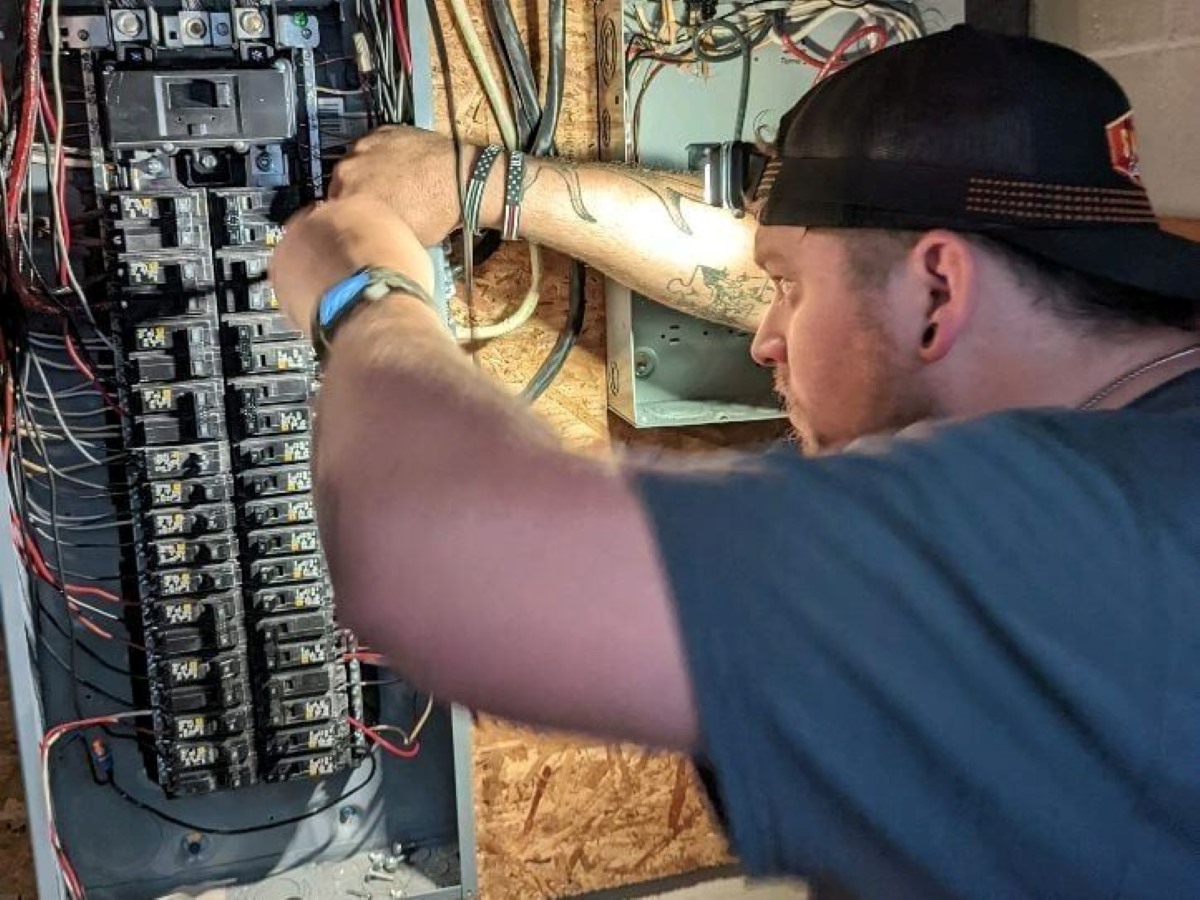
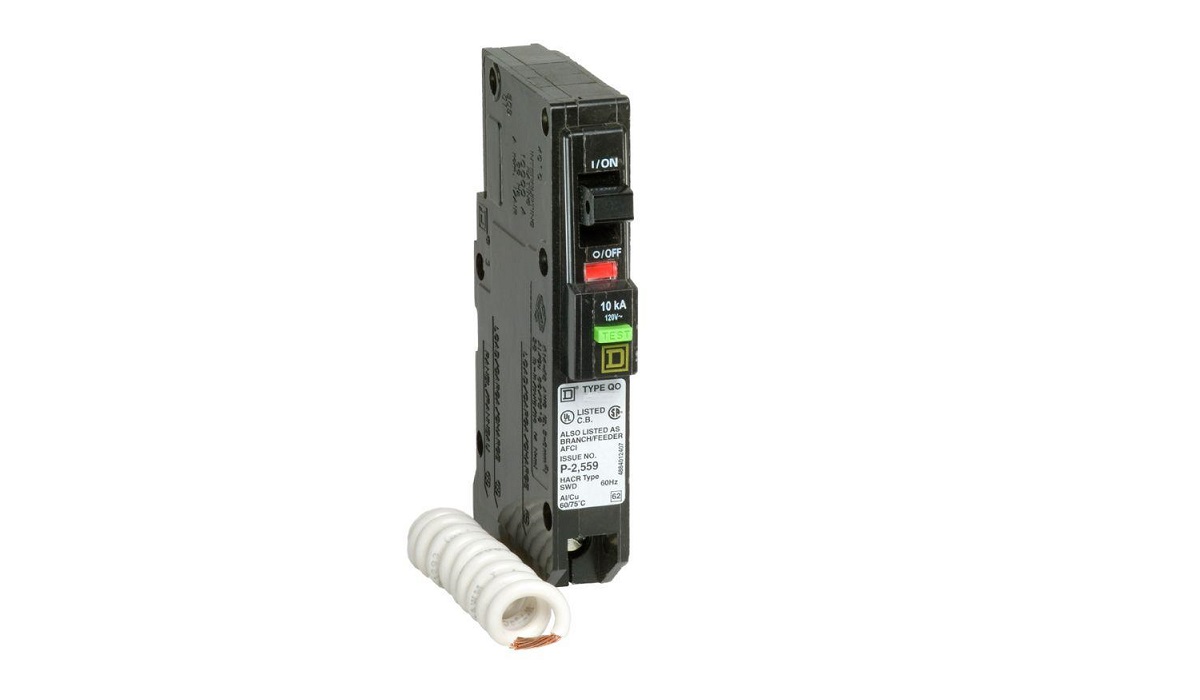
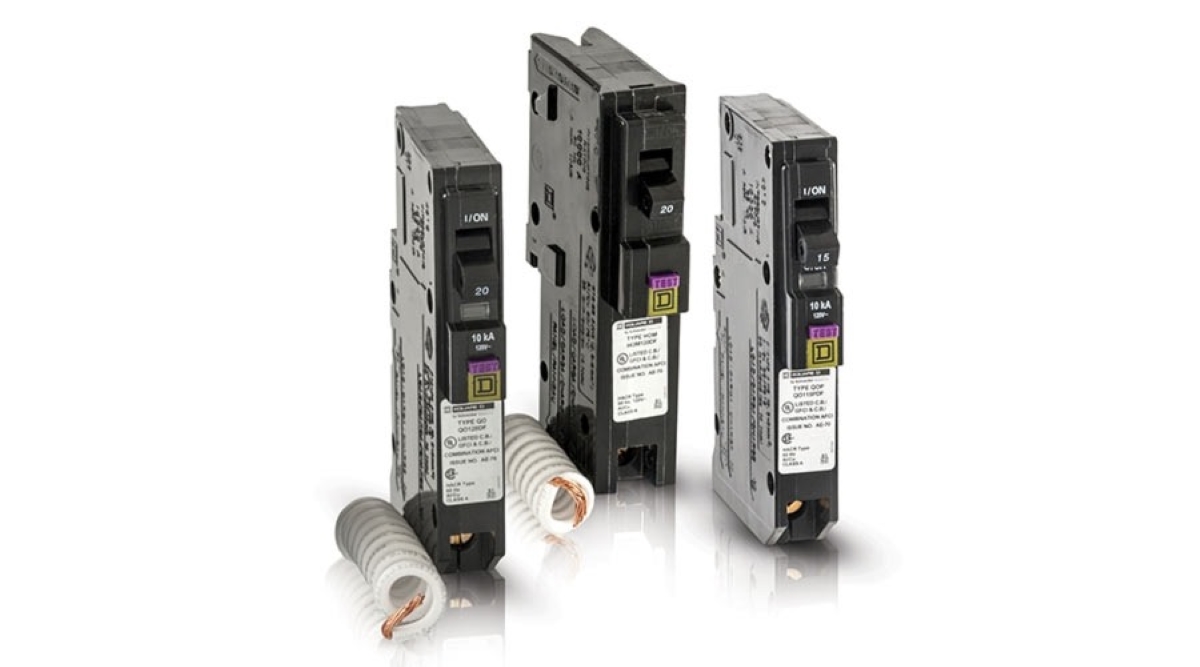
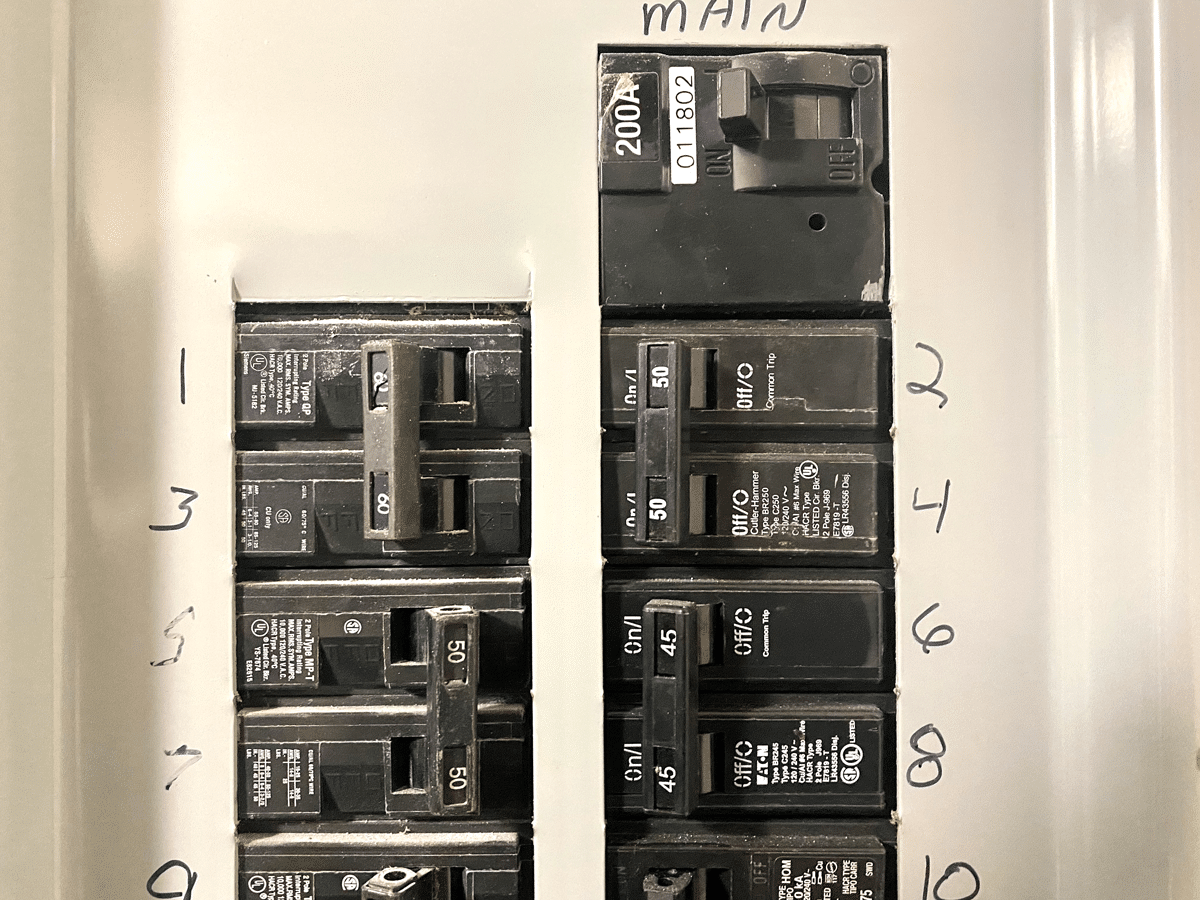
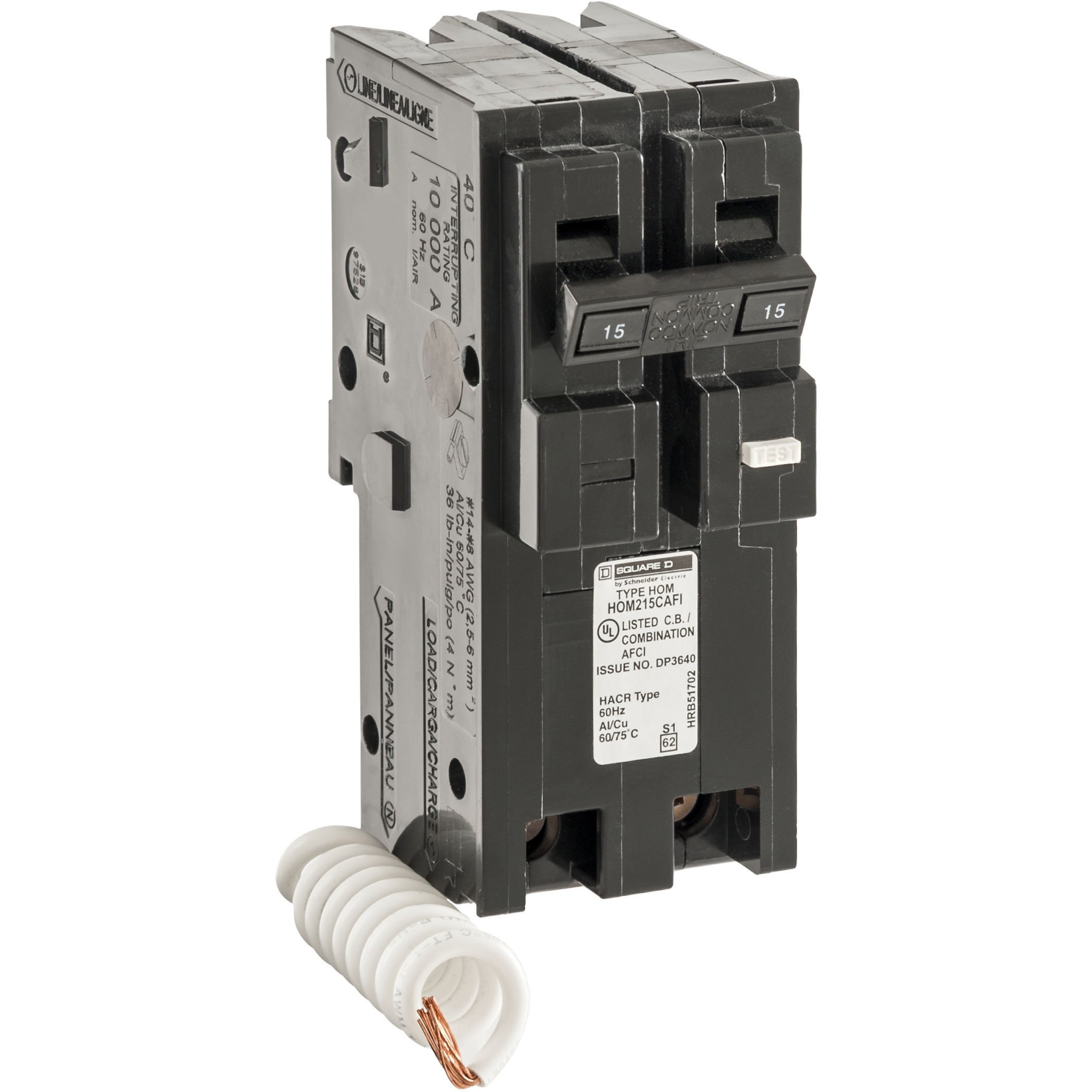
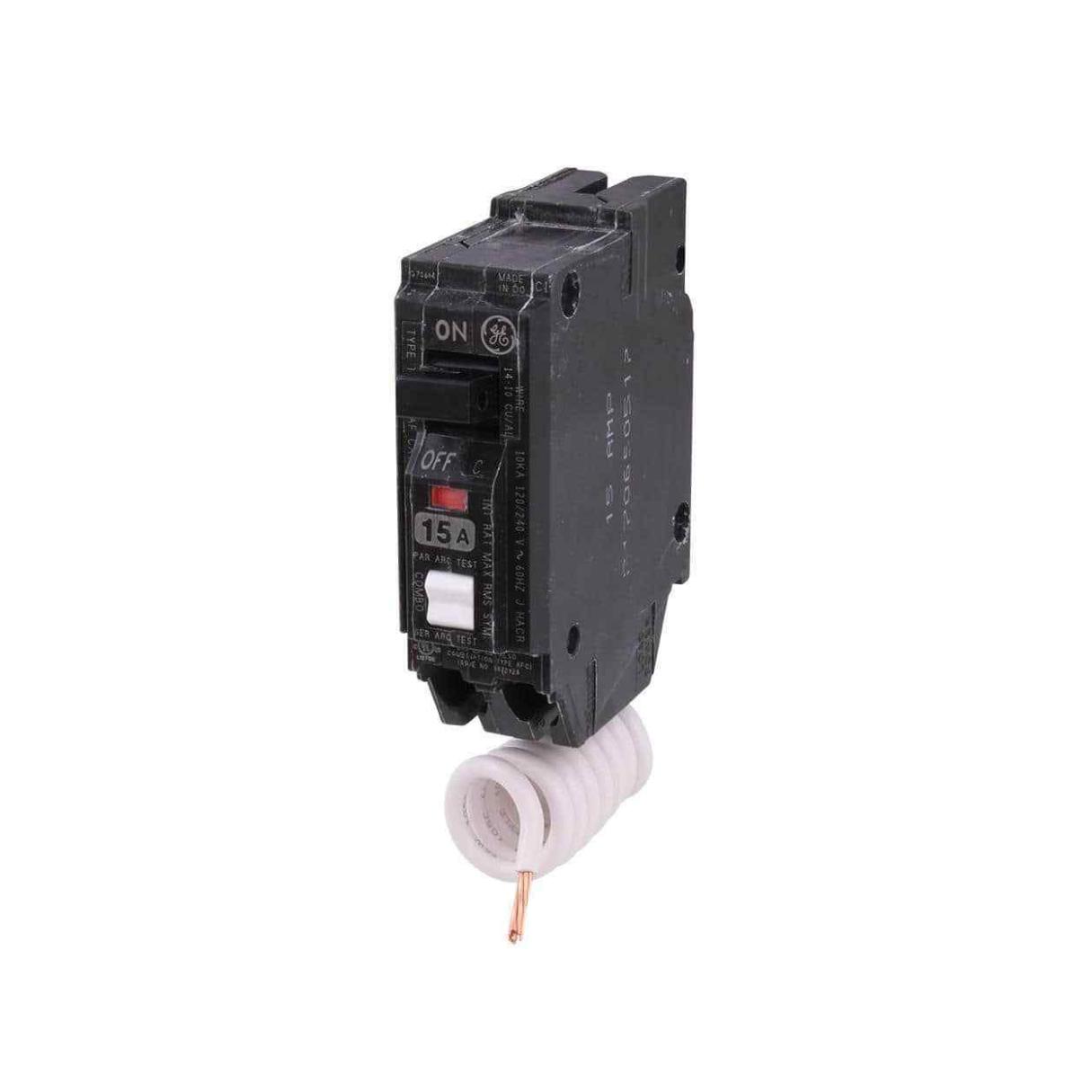
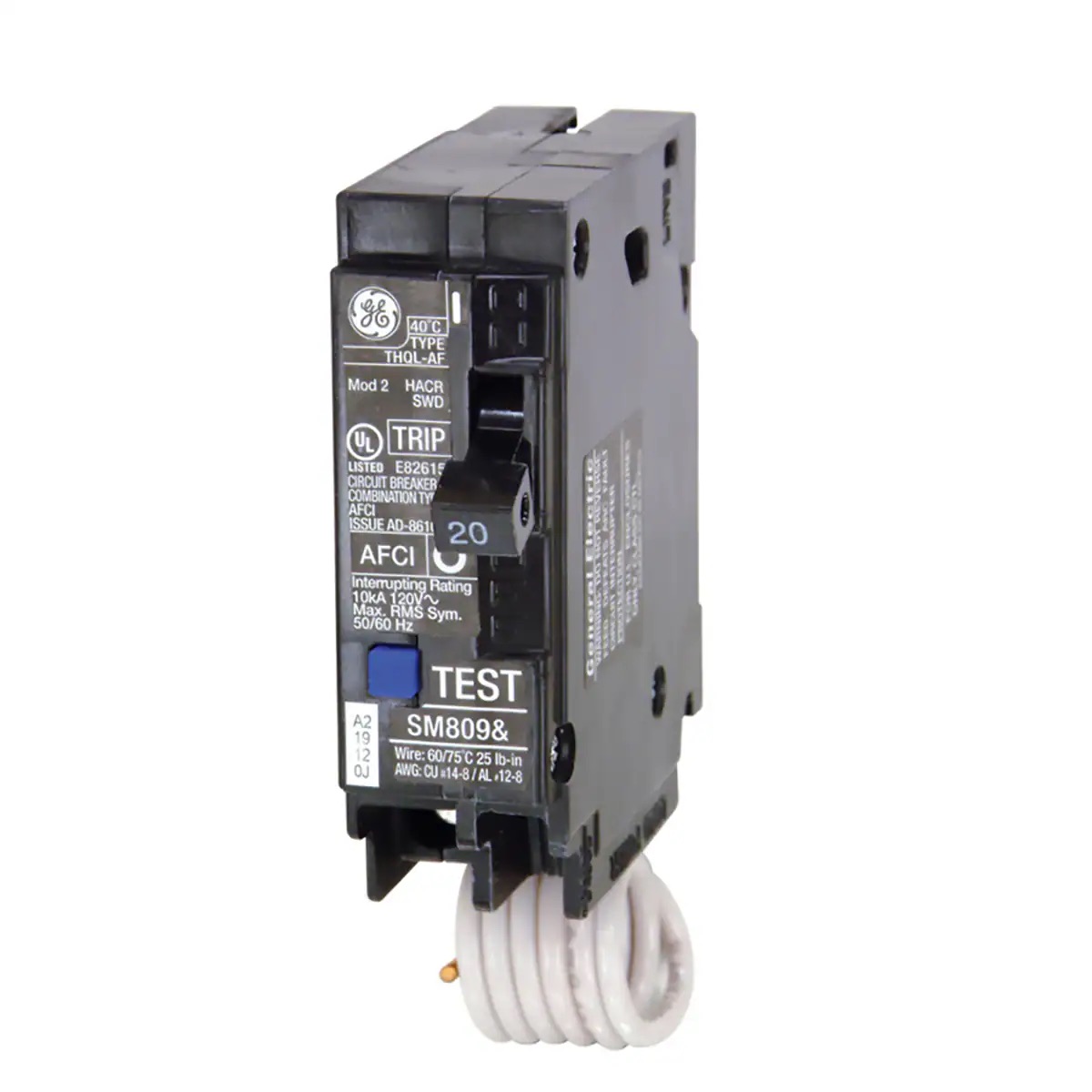
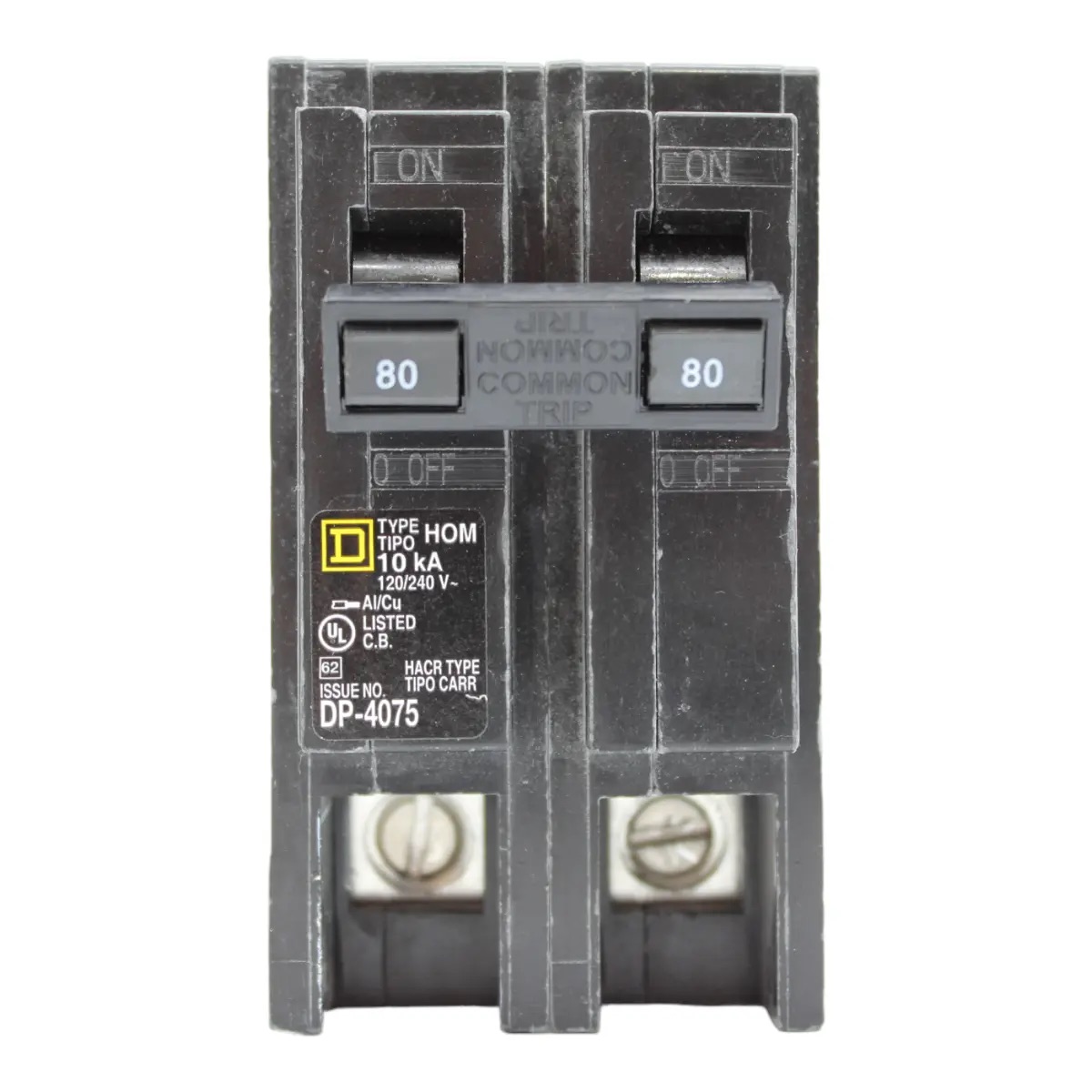
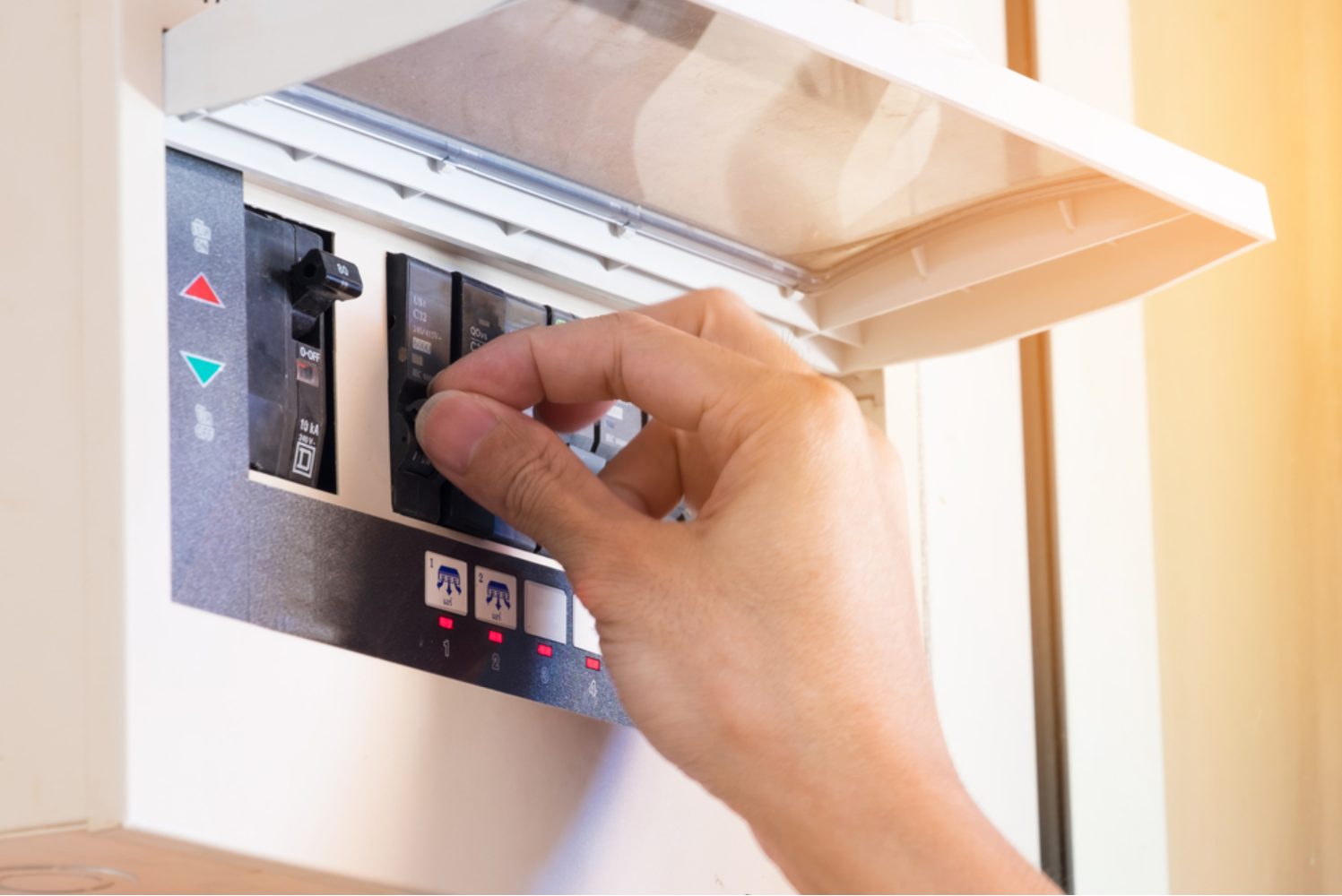
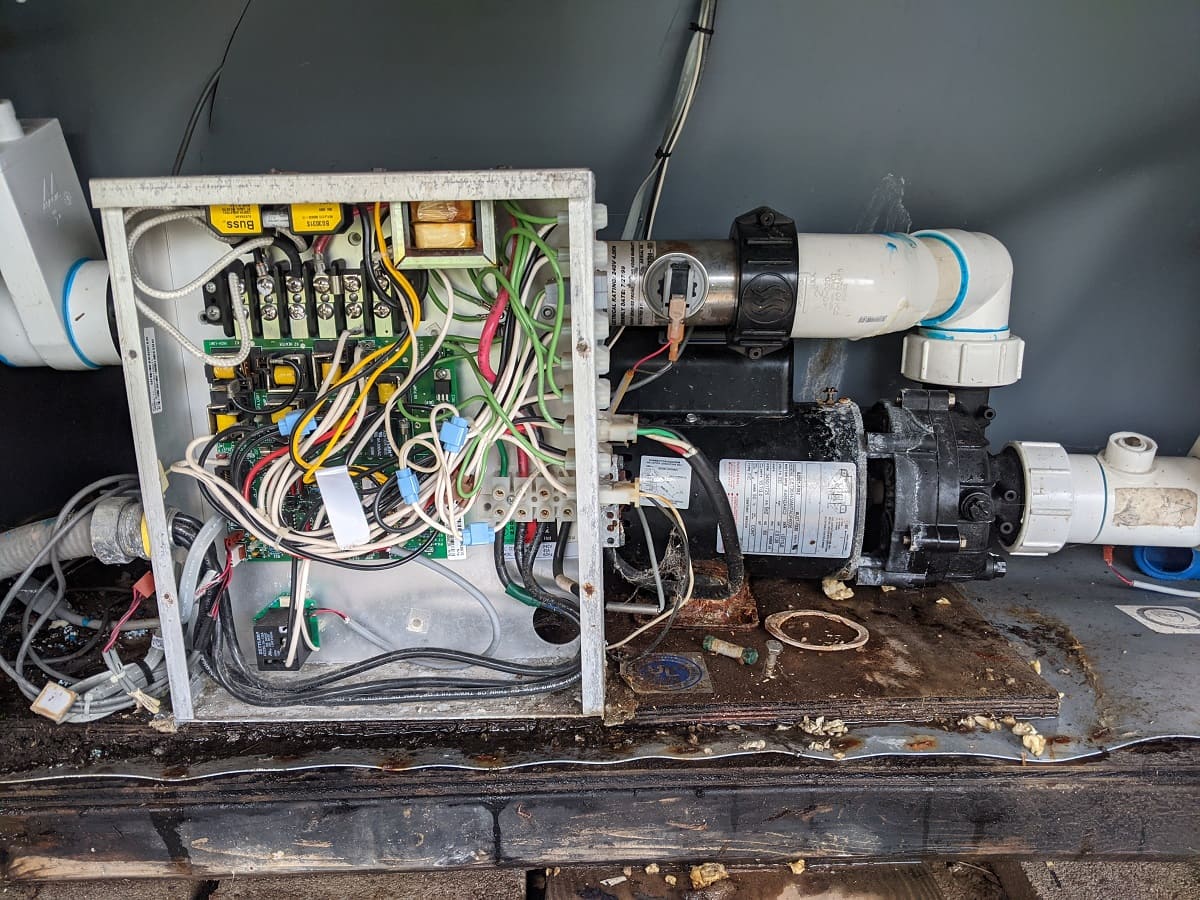
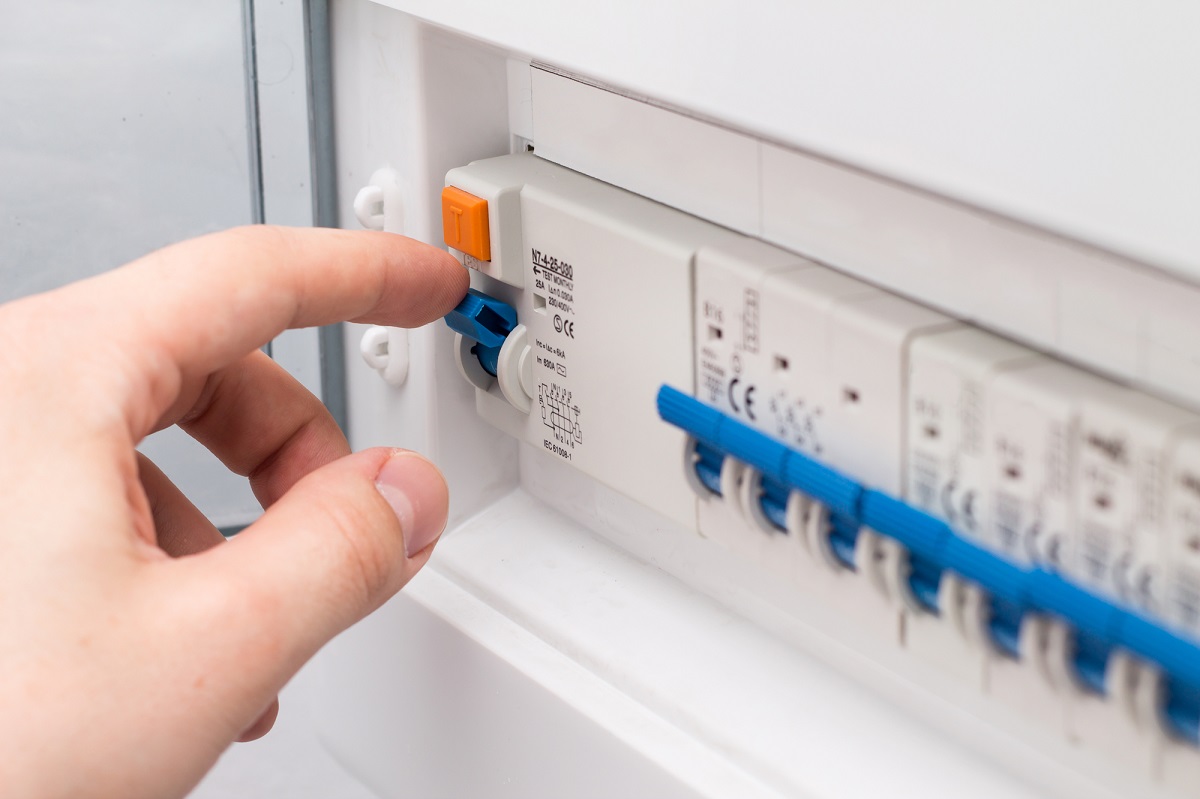
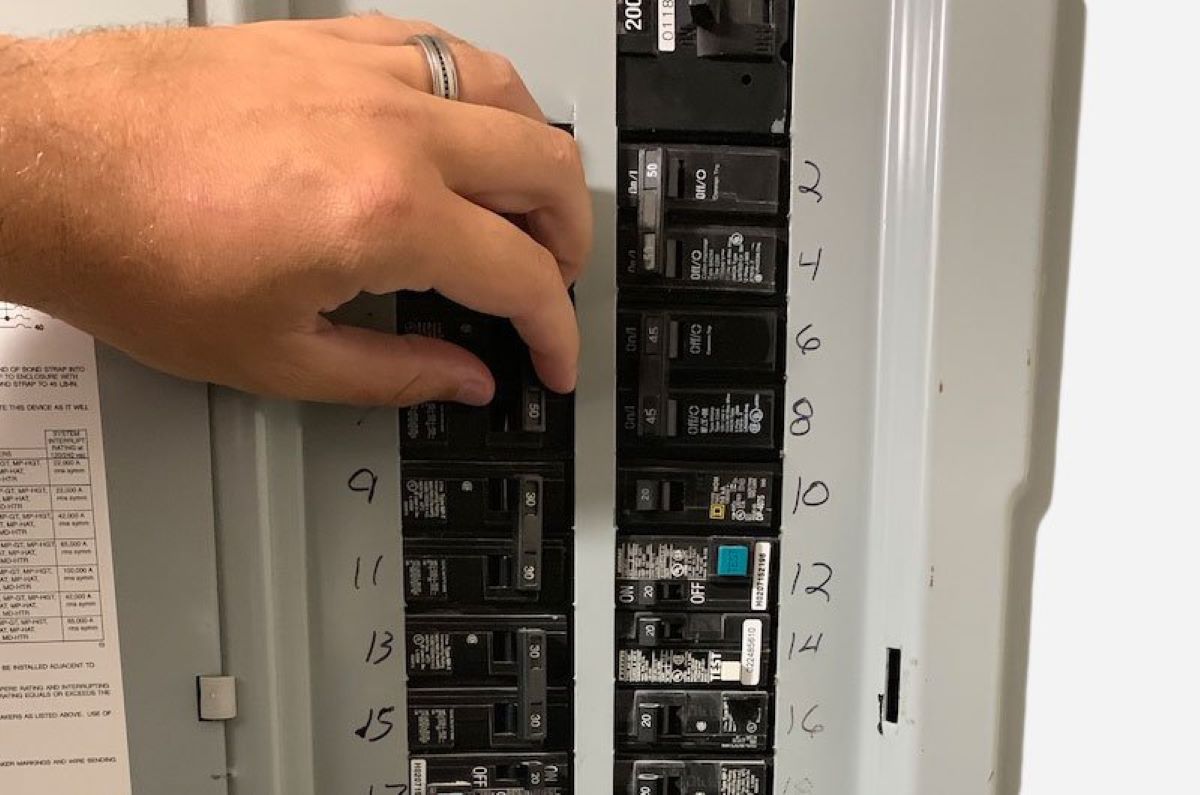
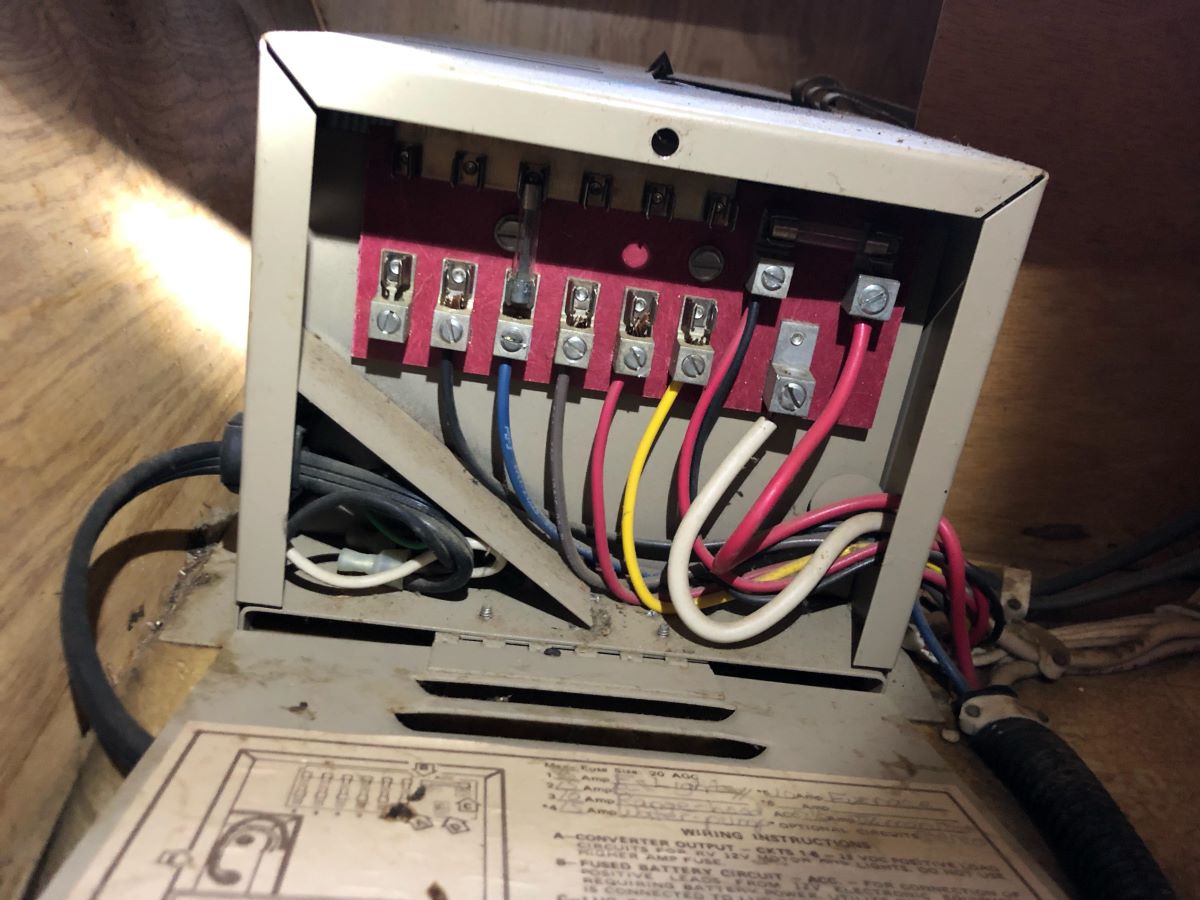
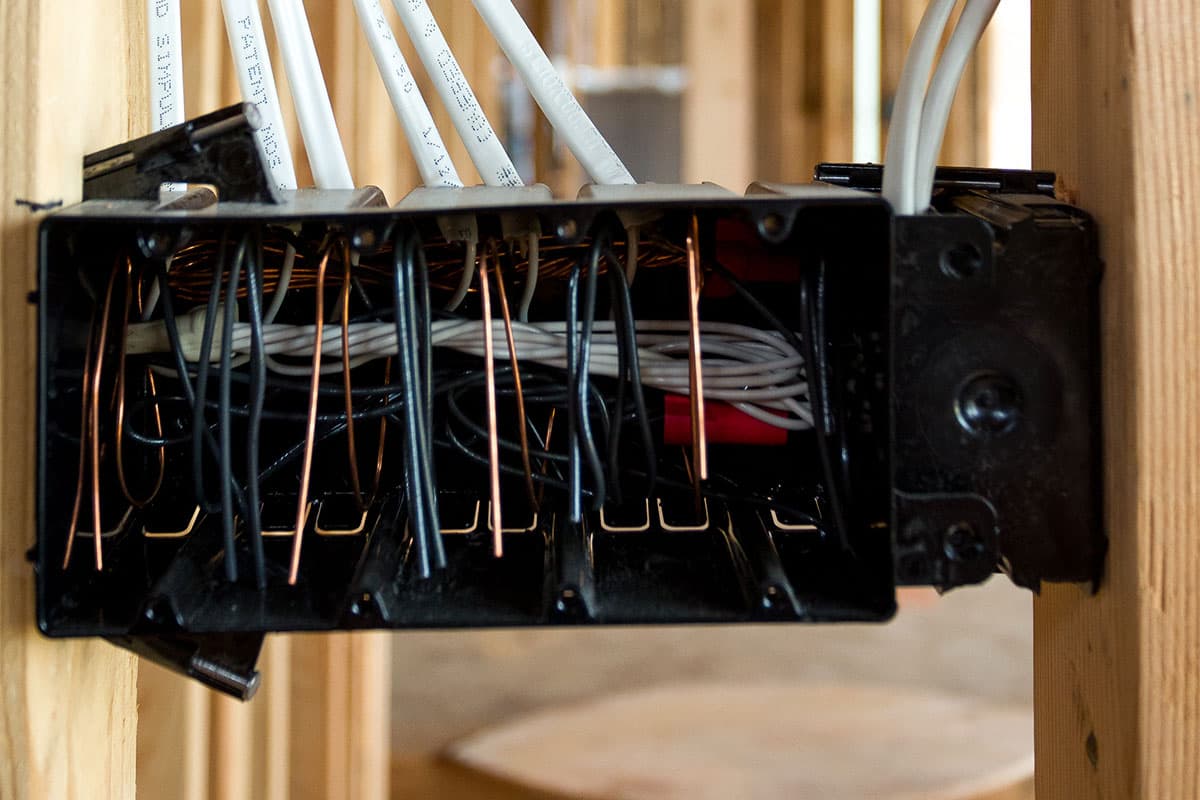

0 thoughts on “Why Do Arc Fault Breakers Trip”